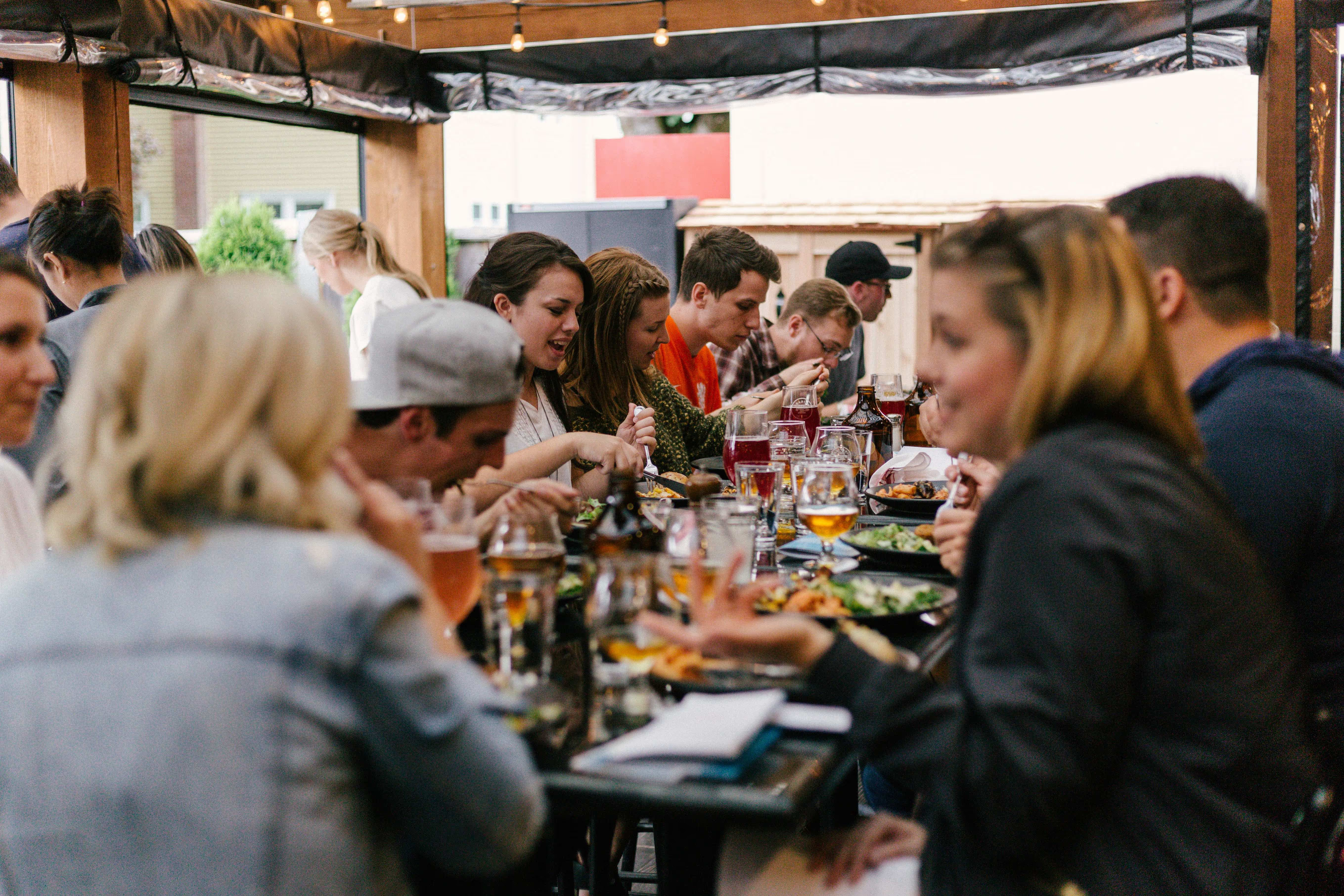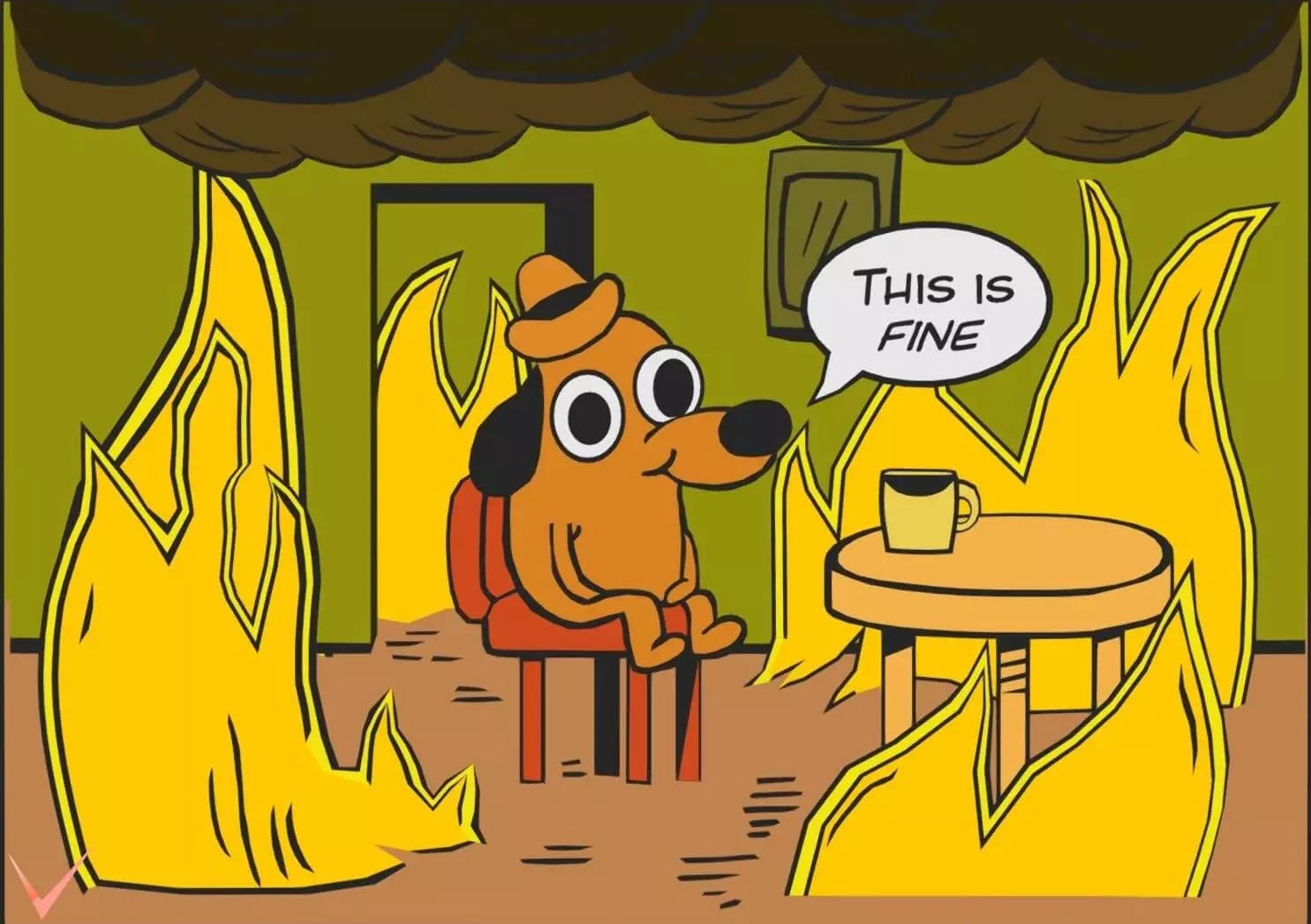Why We Gather

Love the quick profit, the annual raise, vacation with pay
Want more of everything ready-made
Be afraid to know your neighbors and to die.
(Wendell Berry, Manifesto: The Mad Farmer Liberation Front)
We live in a culture that tells us our worth is found in what we produce. Our busy schedules and full calendars are supposed to make us feel useful, successful, accomplished, but often leave us feeling frazzled with scattered attention and diminished presence.
Tillage was founded here in San Francisco to do something different. Tillage exists because we believe there is a better way of not simply surviving, but thriving. A way of living a flourishing life that is beautiful, lofty, and often counter-cultural. A way of living that opens the imagination, cultivates curiosity, develops inner stability, supports integration, and leads to wholeness. Of you. Of your neighbor. Of this city.
And so our Tillage Gatherings are designed to support this mission.
Chapter 1: Gathering with Purpose
At Tillage, we have been deeply impacted by author and speaker Priya Parker and her book, The Art of Gathering. Her practical advice on how to create a meaningful gathering that fits a specific and unique purpose from start to finish has informed how we approach and design our Tillage gatherings. (You can watch her TED talk here.)
Parker says, “Here is the great paradox of gathering: There are so many good reasons for coming together that often we don’t know precisely why we are doing so.” We love Parker’s very practical advice: “Reverse engineer an outcome. Think of what you want to be different because you gathered, and work backward from that outcome.”
This is why at Tillage we dive deep to clarify our why so we can create gatherings that serve a specific purpose so you can be sure that when you join a Tillage Gathering, it will have been time well spent.
Chapter 2: Gathering for Rest
In 2019 Saundra Dalton-Smith—physician, researcher, and author of the book Sacred Rest: Recover Your Life, Renew Your Energy, Restore Your Sanity—gave a TED talk on rest. Specifically, she shared how our misunderstanding of rest has led to “a culture of high-achieving, high-producing, chronically tired, burned out individuals.”
She asserts that every person needs seven types of rest—mental, spiritual, emotional, social, sensory, creative, and physical. (You can watch her TED talk here.)
At Tillage, our gatherings are designed, not to fill your calendar with one more appointment, adding to the burn out and the chronic fatigue, but to offer our community opportunities to step away from the daily grind and engage in activities that are restful, restorative, and rejuvenating. In other words, Tillage Gatherings are purpose-built to cultivate flourishing.
Here are a few examples to illustrate:
—We led a New Year’s Reflective Retreat, inviting participants to slow down, focus on gratitude, reflect on the past year, and anticipate the coming year.
—We hosted a series of small, unscalable Intentional Dinner Parties to cultivate deep and meaningful connection and conversation. You can read more about those in What We’re Reading: Unreasonable Hospitality.
—We host an annual San Francisco pilgrimage, embarking on a 16-mile journey across this beautiful city on the Crosstown Trail.
(You might be thinking, how could walking 16 miles possibly be considered “rest”? But picture this for a moment. In the midst of aching muscles and sore feet, you have spent the entire day away from a screen, away from tasks and chores at home, away from checklists at work. You have taken in the sights and sounds of astounding nature and architecture. You have engaged in meaningful conversations with other travelers along the way. At the finish you are physically exhausted but emotionally, socially, and spiritually filled.)
Chapter 3: Gathering to Connect
A third thinker who has impacted the way we gather did not give a TED talk. In fact he is relatively unknown; but we happened to pick up his book From Isolation to Community and found he has some profound things to say about the nature of our gathering.
The author, Myles Werntz, says, “Isolation haunts all of our life together—indeed, it is woven into the very conditions that in many ways make our world.” To combat our felt experience of loneliness, we turn, naturally, to what we perceive to be the opposite. To being with others. Something often labeled as community. But community, like so many other words in our modern lexicon, has been co-opted. Adulterated. Hijacked.
The word community flows all around us with alluring and sparkling invitations. It flits through our workplaces. Dances around the edges of our schools and educational institutions. Scampers up and down our city streets. Attaches itself to our church signs like an off brand Post-It just waiting to fall off.
Often these promises of community turn out to be an illusion in the end. A thin veneer. So much so that our gatherings are more accurately opportunities to "be alone together.” In fact, as Werntz shares, “practices of gathering, without attention to the nature of gathering, run the risk of being constructed in a way that simply assumes isolation as the baseline state, perpetuating the very isolation that is at issue.”
Simply bringing people together doesn’t automatically diminish or solve our problem of loneliness. We can actually perpetuate our loneliness when we take on what Werntz calls a crowd mentality which allows me to hide in the very presence of others. I can show up or not show up. I can participate or not. The crowd doesn’t care. The crowd doesn’t notice. And the crowd doesn’t ask anything of me.
Gathering for the sake of gathering is inadequate. It isn’t enough to just bring a group of people together—people who are habituated to the mentality of the crowd—slap the word “community” on there, and see what happens.
This is why at Tillage we have opinions not just about why but about how we gather. Tillage Gatherings are designed so that each participant has something to gain and something to offer. We want our members, before participating in a Tillage Gathering, to ask themselves questions like:
—What is my why for participating?
—How will my participation uniquely shape this gathering?
—How can I engage with others in a way that is meaningful?
—How might this gathering foster flourishing for myself and for those around me?
With this in mind, we can’t wait to see you at our next Tillage Gathering!


